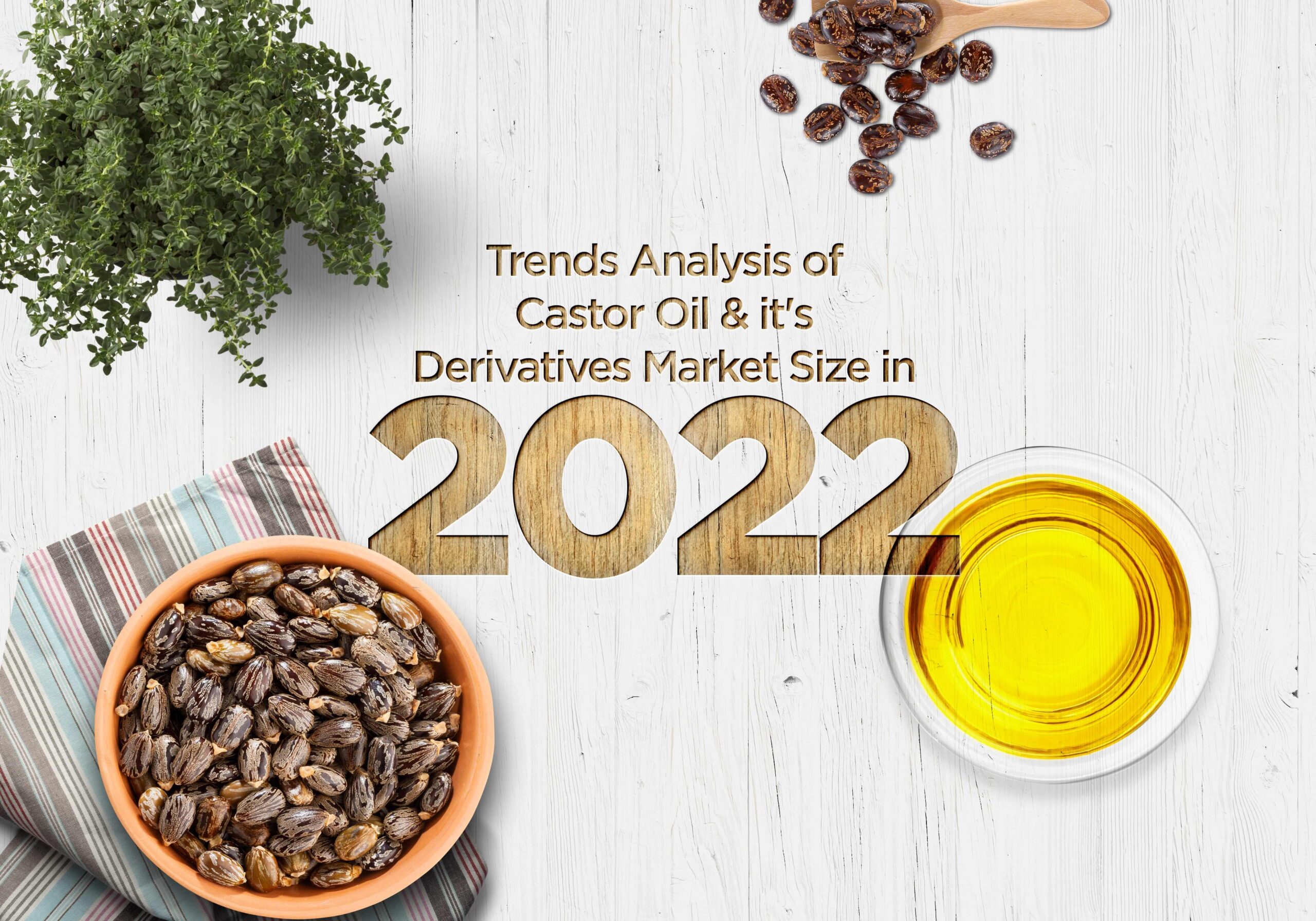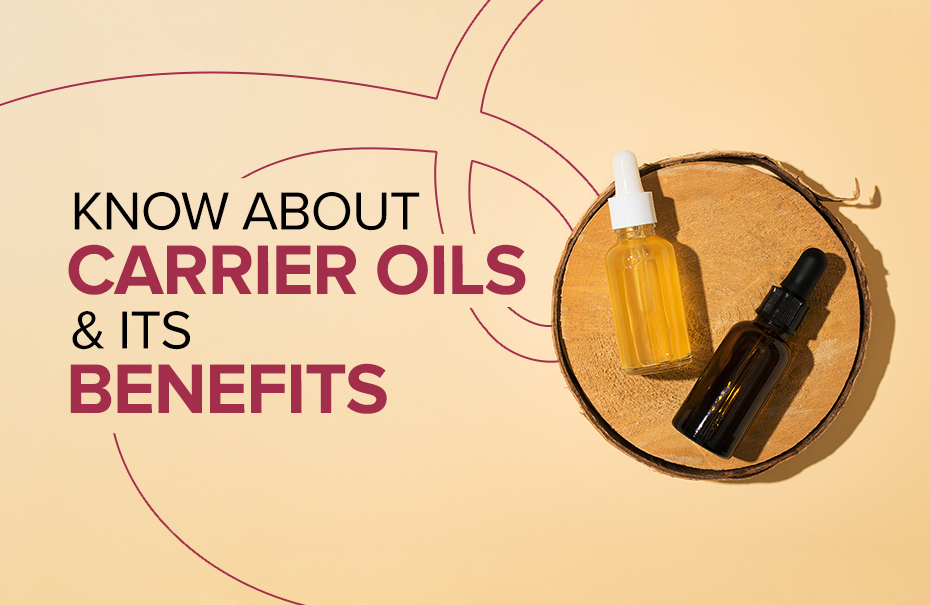Trends Analysis of Castor Oil and its derivatives in 2022

From a SWOT analysis, the global “Castor Oil and Derivatives Market” research report 2022 reveals major growth possibilities and company optimization methods to boost market growth, drivers, and limits. Future opportunities, developing trends, industry size, share, new innovations, and information on major players, drivers, and industry problems are all revealed in a recent analysis and research.
The report attempts to provide a thorough analysis of market segmentation by product type, application, and geography. The research explores a wide range of issues, including significant business trends and future development, driving forces and limitations, leading market competitors, regional growth scenarios, segmentation, and forecasting.
The market is expected to see lucrative demand from expanding end-use applications such as lubricants and medicines, as well as paints, inks, and adhesives, followed by food and personal care, according to the study’s key findings. In the future years, these applications are expected to boost the worldwide castor oil and derivatives market.
“Global Castor Oil and Derivatives market size is estimated to be worth US$ 1545.9 million in 2022 and is forecast to a readjusted size of US$ 2059.9 million by 2028 with a CAGR of 4.9% during the review period.”
The Castor Oil and Derivatives Market has been badly impacted by the Covid-19 pandemic. With the businesses. Due to the lockdown and social distancing norms, major corporations have halted operations in several areas. But, due to increased urbanization and the growing need for efficient use of available space, the industry anticipates a surge in demand following the pandemic.
The global output of castor oil and derivatives was 730 kilotons in 2018, up 3% from 707 kilotons in 2017, and the market grew at a 5-percent annual rate between 2018 and 2025. With 664 kilotons of castor oil and derivatives produced in 2018, India was the world’s top producer, accounting for 91 percent of the global market. With a sales volume of 222 thousand tonnes, China is the largest sales region, accounting for 30% of the global market. The global market for castor oil and derivatives is relatively consolidated, with 17 leading castor oil manufacturers accounting for 76 percent of output and 75 percent of the market by 2018.
Takeaways from the Research
- Because of the rise of the lubricant, pharmaceutical, paint, ink and additive, and personal care sectors, the worldwide castor oil and derivative market is expected to grow 1.4X during the forecast period.
- Geographically, China is estimated to dominate the global market over the forecast period, followed by Europe. China is estimated to account for US$ 191 Mn in incremental $ potential over the forecast period.
- With a market value of US$ 249 Mn in 2018, the pharmaceutical segment is predicted to dominate the market by application. During the projection period, the lubricant segment is expected to account for 19.2 percent of market value share.
- During the second half of the forecast period, the biopolymer segment is expected to develop at a slower rate than the food and paper segments.
- The grade II derivative sector is expected to lead the worldwide castor oil & derivative market during the forecast period, out of all derivative grade segments. In terms of volume, the grade I derivative category is estimated to account for over a third of the market in 2018 and will continue to be dominant throughout the forecast period. The grade I derivative segment’s incremental $ opportunity is estimated to be two-thirds that of the grade I derivative segment.
In terms of both demand and supply, Asia Pacific dominates the global castor oil and derivative market. China and India consume about half of all castor oil and derivative products consumed globally each year, and this trend is expected to continue during the projection period.
Oil and fossil fuel prices are fluctuating, and growing concerns about global warming are driving demand for renewable energy sources. Biodiesel is made from edible oil as a feedstock. Alternative feedstock is required because of growing worries about deforestation and GHG emissions.
Castor oil’s renewability and continuous availability will ensure that demand for the product remains stable in the coming years. Castor seeds have a high oil content (50 percent), and they produce a high crop output of up to 140 gallons of castor oil per acre. These variables are expected to open up additional biodiesel potential without putting food crops at danger.
People are spending more on health-related requirements as the global healthcare landscape changes rapidly. Several variables, including altering eating patterns and lifestyle changes, are contributing to this. Pharmaceutical demand is rising around the world as people become more health conscious, resulting in increased use of solvents and other chemicals used in the pharmaceutical and healthcare industries.
Furthermore, the world’s ageing population is causing an increase in pharmaceutical demand. According to a UN Department of Economic and Social Affairs report issued in 2015, the world population of people aged sixty and more is expected to expand by more than 5% between 2015 and 2030, from 901 million to 1.4 billion. Pharmaceutical solvent consumption is expected to rise in the coming years to meet this population’s pharmaceutical and healthcare needs.



